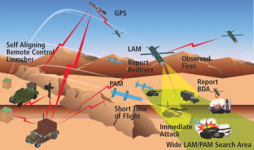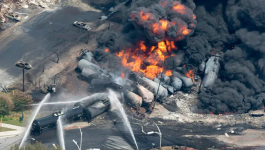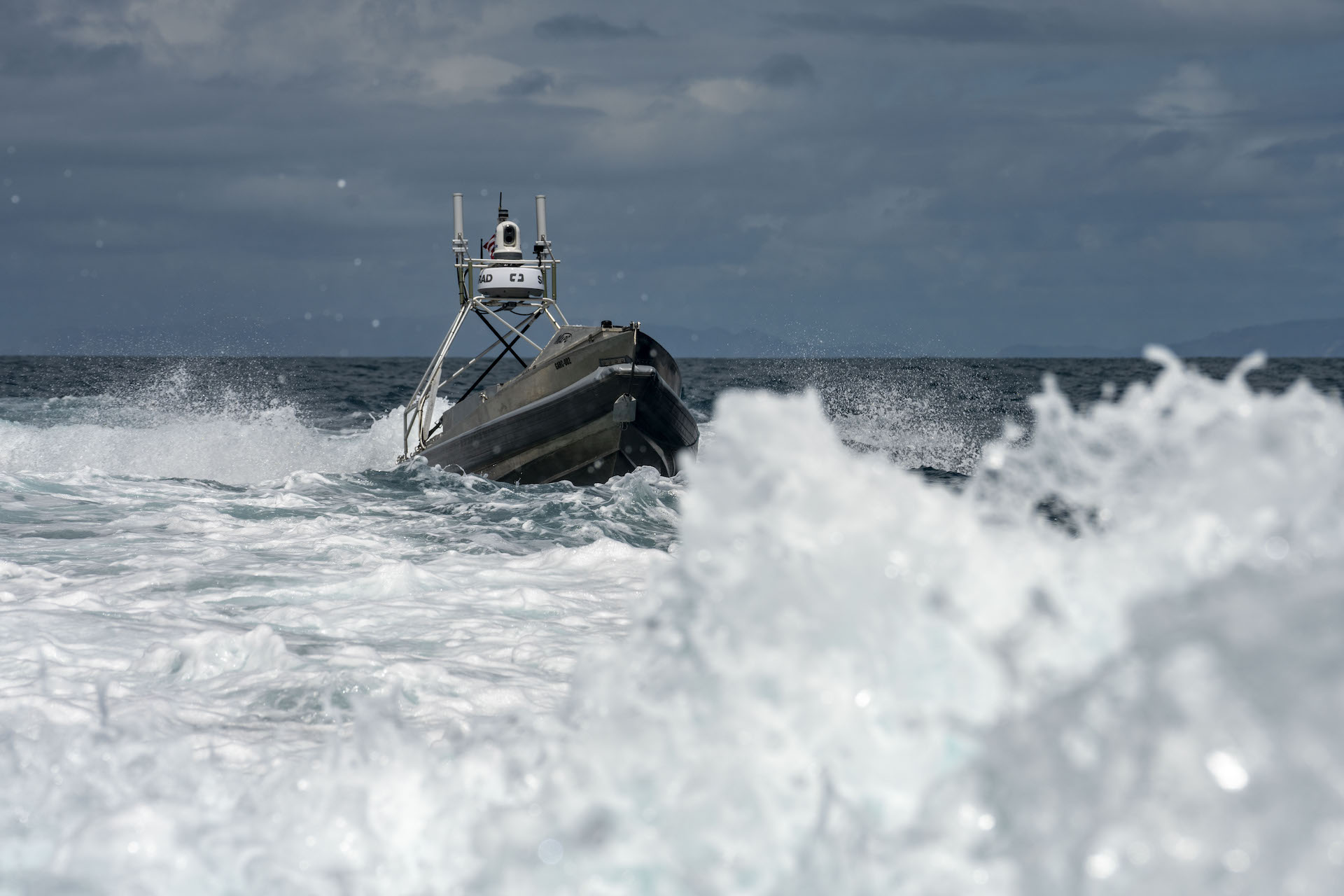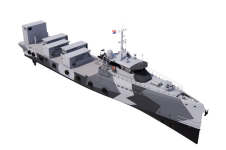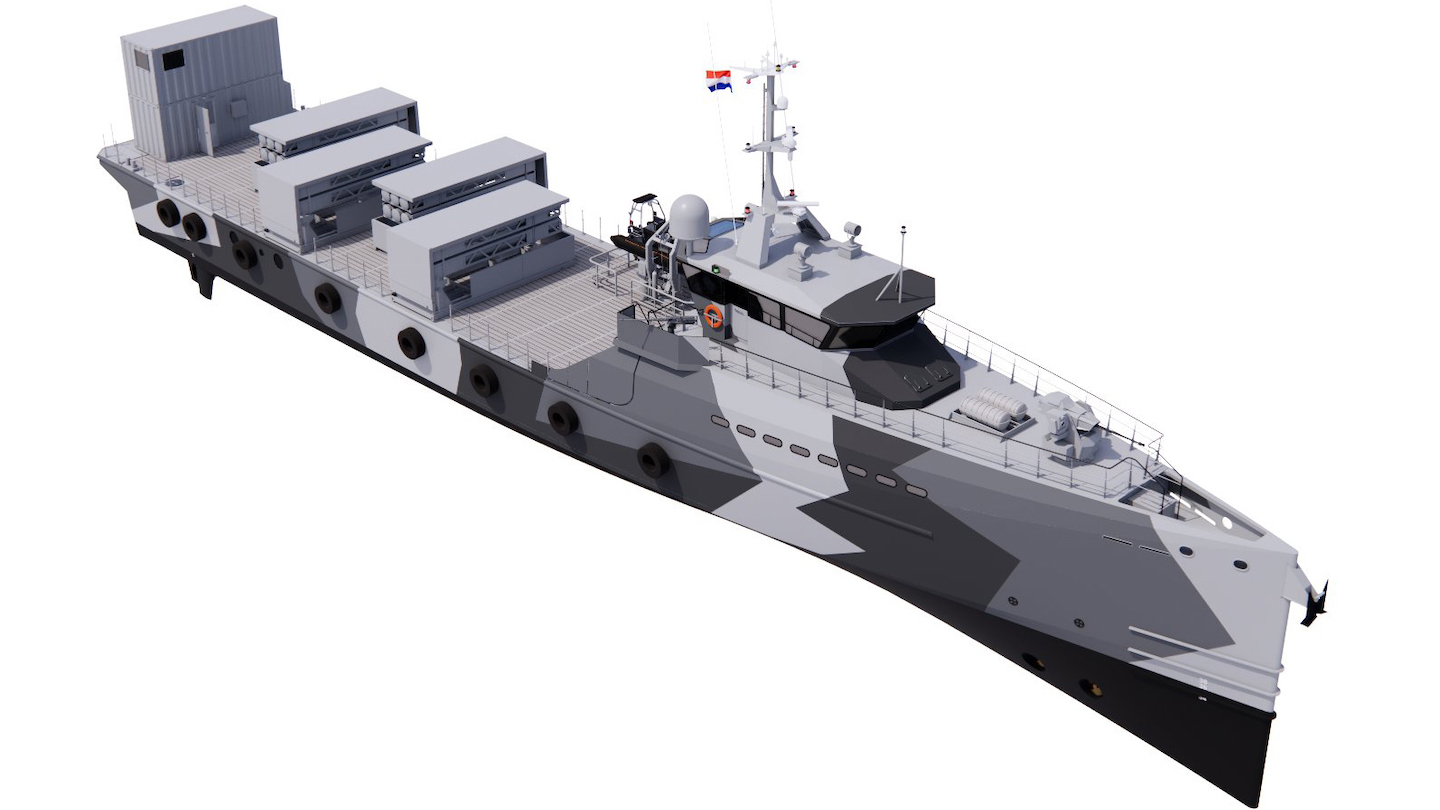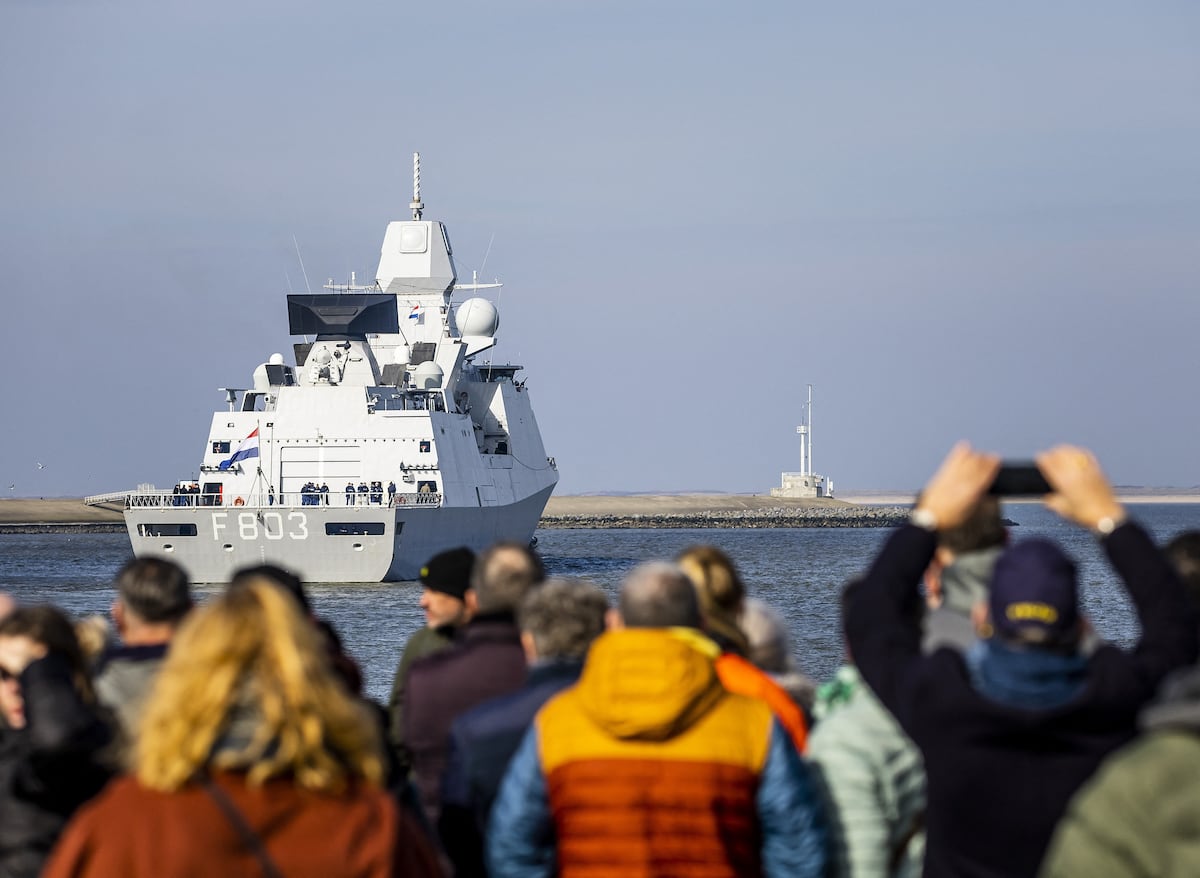Chief of Naval Operations Adm. Lisa Franchetti's Project 33 aims to scale robotic and autonomous systems across the fleet by 2027 and acquire new capabilities for information dominance.

defensescoop.com
Lots and lots of Naval Autonomy with a heavy emphasis on developing situational awareness. Nelson called for more and more frigates so that he could track the enemy and concentrate his Ships of the Line out of the enemy's sight. CNO wants more and more autonomous sensors.
It turns out that the sensors are easy to supply and deploy. The problem comes with managing all the information. The solution is lots more couch-potatoes

assisted by AI. Instead of sea berths the requirement is for Maritime Operations Centers or MOCs.
...
The USN is experimenting with launching missiles from USVs (USVRON1 with Autonomous OSVs and the LM PDS) but the next USVRON (USVRON3) is experimenting with Autonomous RHIBs rather than cargo carriers and the large sensor carriers like the SeaHunter.
....
My belief is that sensors don't require large hulls. Scattering sensors on small hulls makes more sense, IF, comms can be guaranteed and IF info can be analyzed rapidly and usefully.
My second belief is that given the delivery of the LM Payload Delivery System container the USN has now in hand a real time solution to its missile shortage. It can convert any flat deck, or dock, into a launch platform - including those LCS and EPF boats it really doesn't like. The bigger problem is supplying missiles of any and all sorts to fill the launchers.
In the meantime efforts like mounting SM6s on F18EFs allows the missiles to be delivered faster from Aussie factories, using MRTTs to refuel the aircraft. The F18s can then be used as bomb-trucks, standing out of range, and delivering their cargo speedily to any chosen point of release.
....
Once Canada takes delivery of the F35s, and its F18s are reduced to less than a thousand flying hours each, could those aircraft be used as Autonomous bomb trucks to loft Harpoons, JSMs, JASSMs, AIM-120s and SM6s?
Or would it be cheaper just to supply 3 MUSD RATO Valkyries as bomb-trucks?


